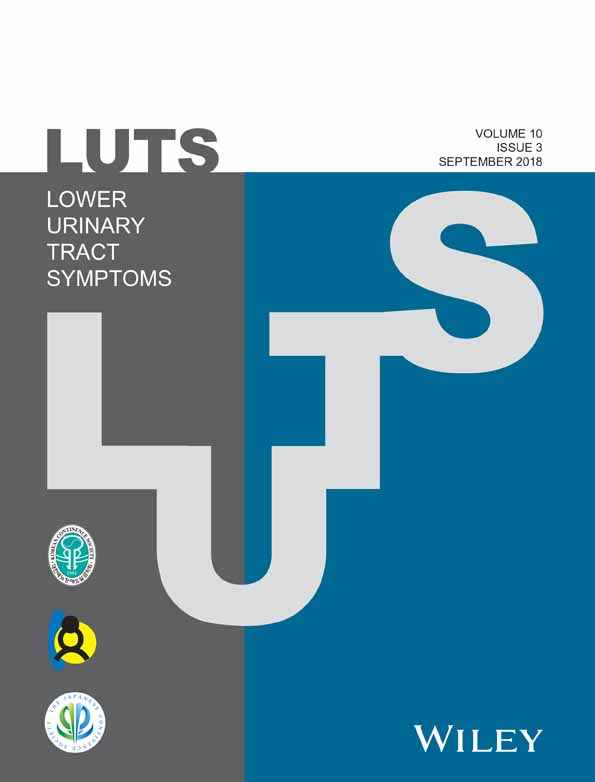Complications Following the Insertion of Two Synthetic Mid-urethral Slings and Subsequent Removal
Abstract
Objective
To determine outcomes after removal of two synthetic mid-urethral slings (MUS) at a tertiary care center.
Methods
Following IRB approval, a retrospective chart review of non-neurogenic, symptomatic women requiring re-operation after ≥2 MUS was performed. Data reviewed by a third party included: demographics, prior anti-incontinence surgery, complications, pelvic/urinary symptoms, subsequent investigations, surgical repair and outcomes (including UDI-6/IIQ-7 questionnaires) at a minimum 6 months follow-up. Cure was defined as being continent, no dyspareunia, and no additional surgical therapy.
Results
Between 2007 and 2014, 21 women met the inclusion criteria. Mean age was 57 years (range: 40–82) and mean follow-up was 30.2 months (range: 6–78). The majority of patients presented with one or more symptoms of voiding dysfunction (95%), urinary incontinence (86%), irritative voiding symptoms (62%), dyspareunia (57%), recurrent urinary tract infections (UTIs) (29%), vaginal extrusion (20%) and erosion involving the urinary tract (5%). Patients had a mean of 2 prior anti-incontinence procedures (range 2–3). Over two-thirds had a combination of retropubic and transobturator MUS. Mean number of pre-operative investigations was 3.5 (1–6) including voiding cystourethrogram, cystoscopy and urodynamics. Two patients had complete remission, 14 partial remission, and five failed. Mean postoperative total UDI-6 and IIQ-7 scores at last clinic visit were 10 (range: 0–16/SD 4.1) and 11 (range: 0–28/SD 10.3), respectively.
Conclusion
The management of women with suboptimal outcomes following two synthetic MUS from transvaginal excision results in modest symptomatic improvement but low permanent complete remission and frequent need for additional therapies.




